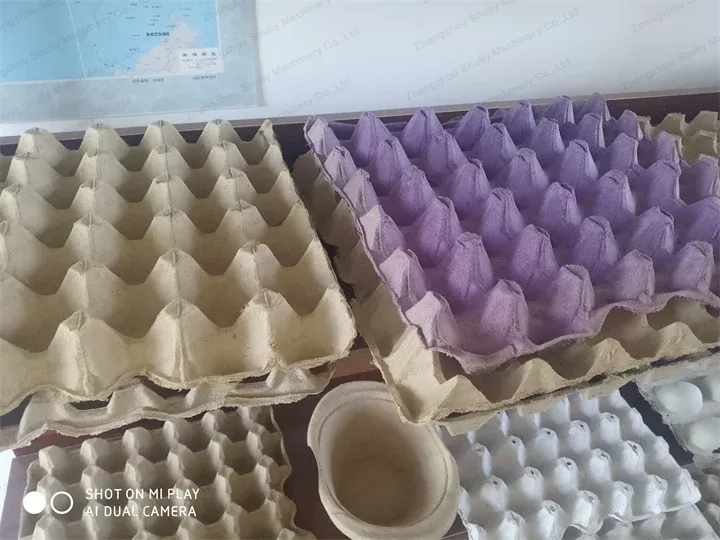
Paper Egg Tray Manufacturing Process
Paper egg trays are a sustainable and environmentally friendly alternative to plastic ones. They are made from recycled paper pulp and are biodegradable. Paper egg trays are also strong and durable, making them a good choice for transporting and storing eggs.
The paper egg tray manufacturing process is relatively simple and can be automated. The process typically consists of four steps: pulp making, pulp molding, drying, and packing.
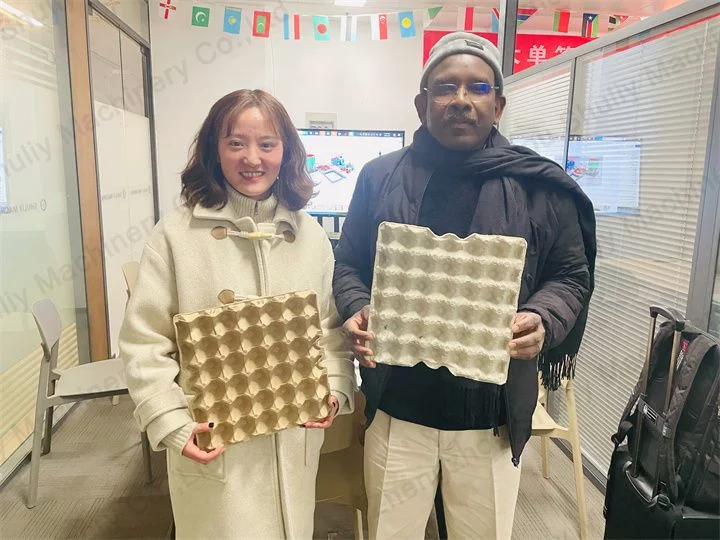
Pulp Making
The first step in the paper egg tray manufacturing process is pulp making. In this step, waste paper is shredded and mixed with water to form a slurry. The slurry is then filtered to remove any impurities. In egg tray manufacturing plants, manufacturers usually use a paper pulper machine to accomplish this step.
The type of waste paper used in the pulp making process can vary depending on the desired properties of the paper egg trays. For example, recycled cardboard is often used to make strong, durable egg trays.
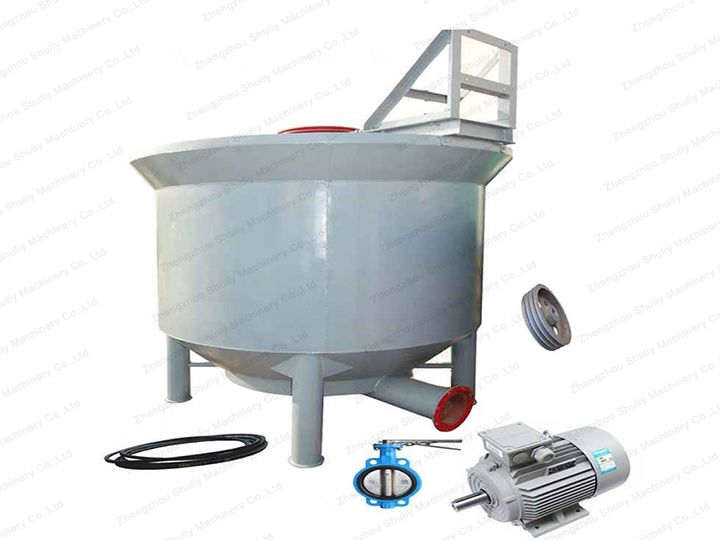
Pulp Molding
The next step in the paper egg tray manufacturing process is pulp molding. In this step, the pulp is shaped into egg tray molds. The molds can be made from a variety of materials, including metal, plastic, or glass. The egg tray molding machine is the machine that must be used in this step.
The pulp is typically molded under pressure to ensure that it is evenly distributed throughout the mold. The molds are then heated to dry the pulp.
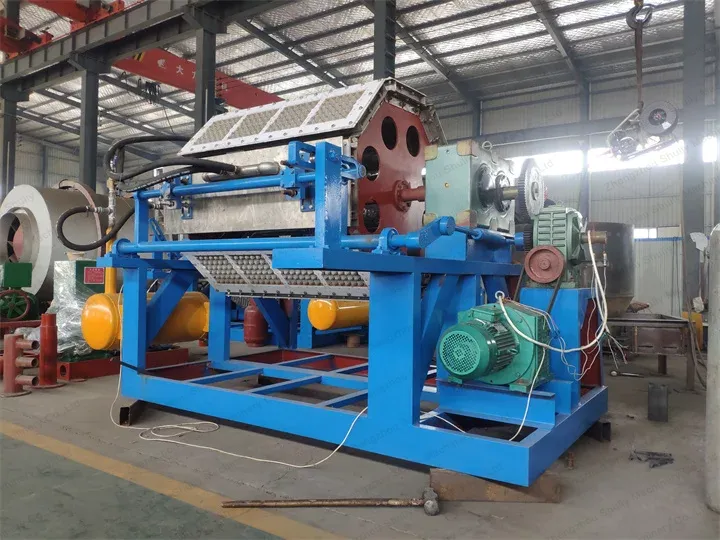
Drying
The dried pulp is then removed from the molds and placed in a drying chamber. The drying chamber uses hot air to remove the remaining moisture from the pulp.
The drying process can take several hours, depending on the thickness of the paper egg trays.
Packing
Once the paper egg trays are dry, they are packed for shipping. The trays are typically packed in boxes or crates.
The packaging material used can vary depending on the desired shipping conditions. For example, the trays may be packed in corrugated cardboard to provide additional protection during shipping.
Benefits of Paper Egg Trays
Paper egg trays offer several benefits over plastic egg trays. These benefits include:
- Sustainability: Paper egg trays are made from recycled materials and are biodegradable. This makes them a more sustainable choice than plastic egg trays.
- Strength: Paper egg trays are strong and durable. They can withstand the weight of eggs without breaking.
- Cost-effectiveness: Paper egg trays are typically less expensive than plastic egg trays.
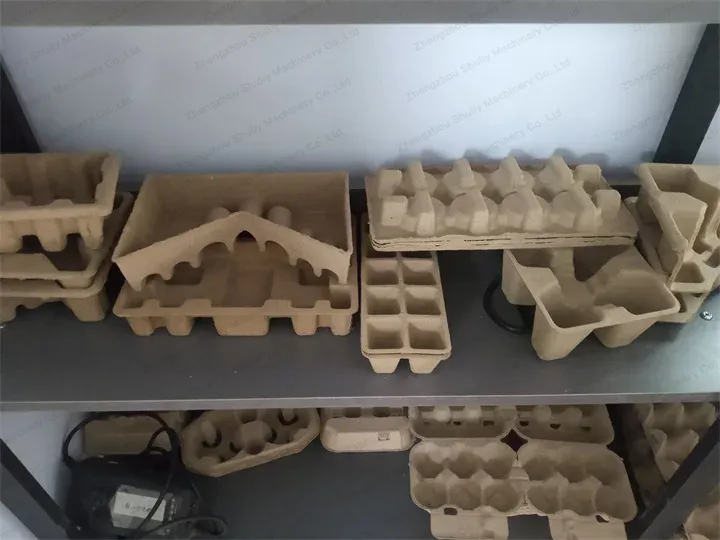
Paper egg trays are a sustainable and environmentally friendly alternative to plastic ones. They are strong, durable, and cost-effective. Paper egg trays are a good choice for businesses and consumers looking for a sustainable and environmentally friendly way to transport and store eggs.
